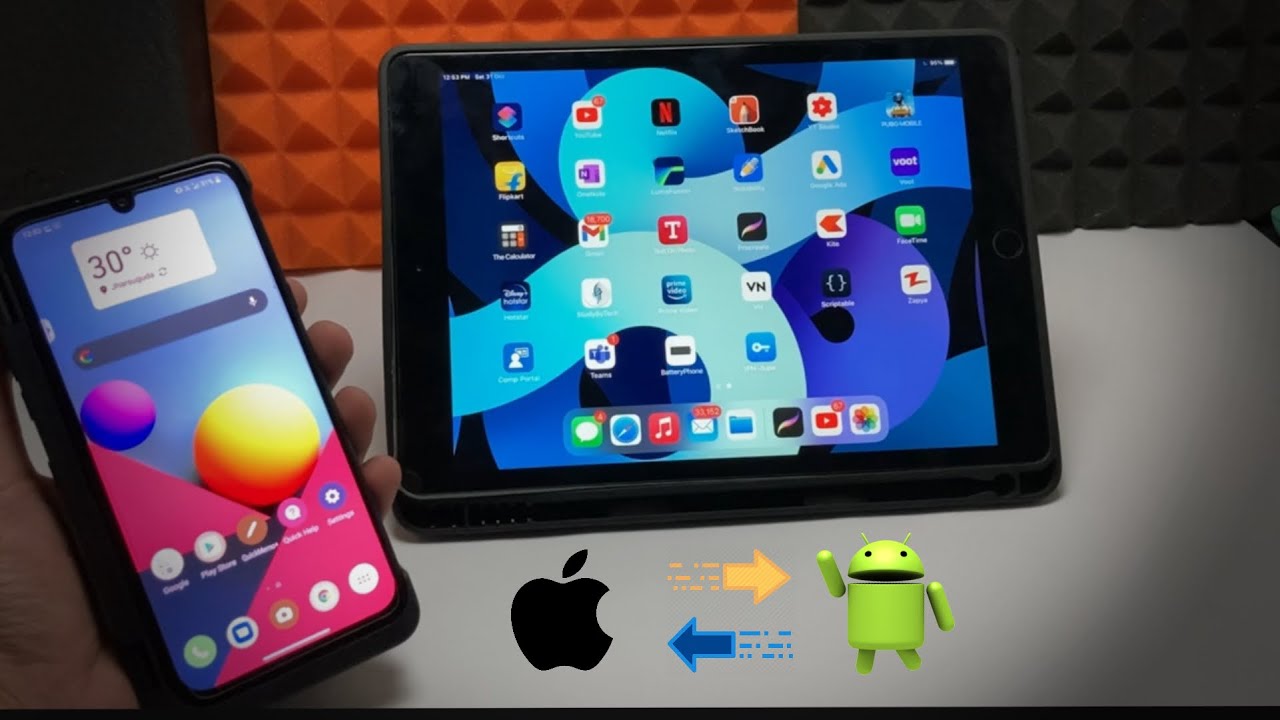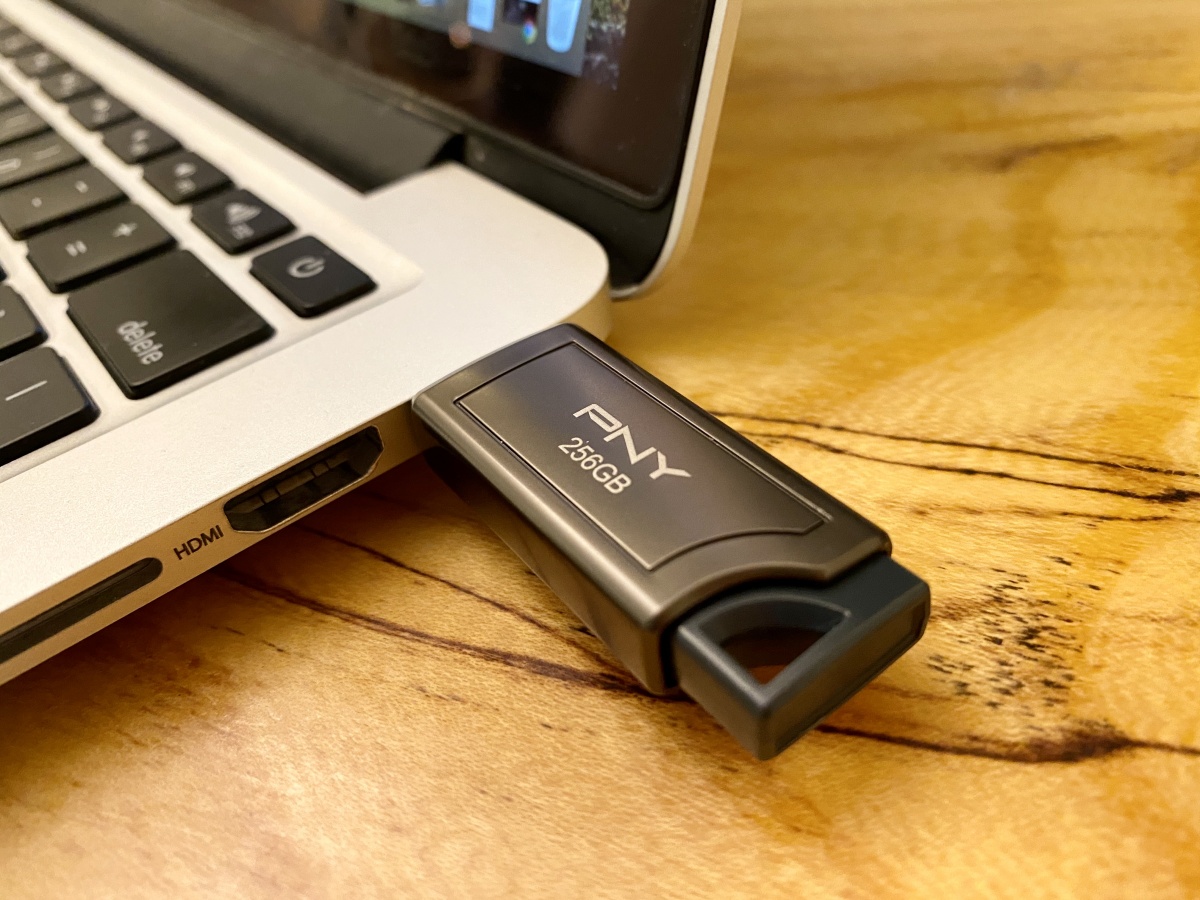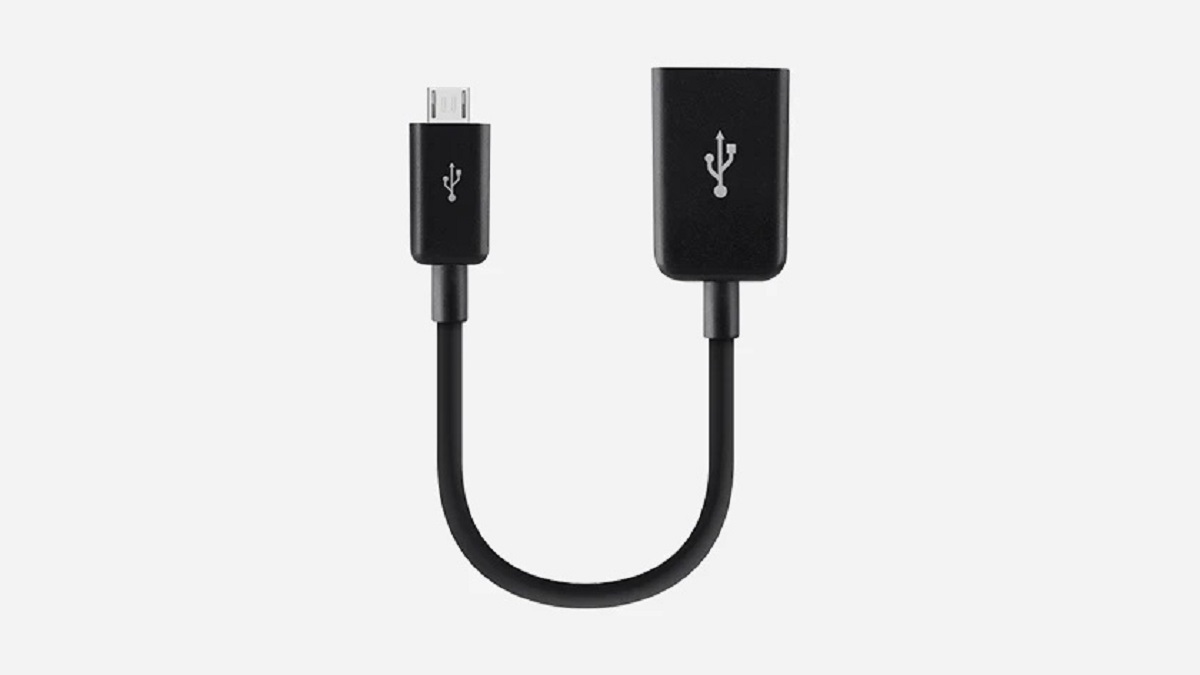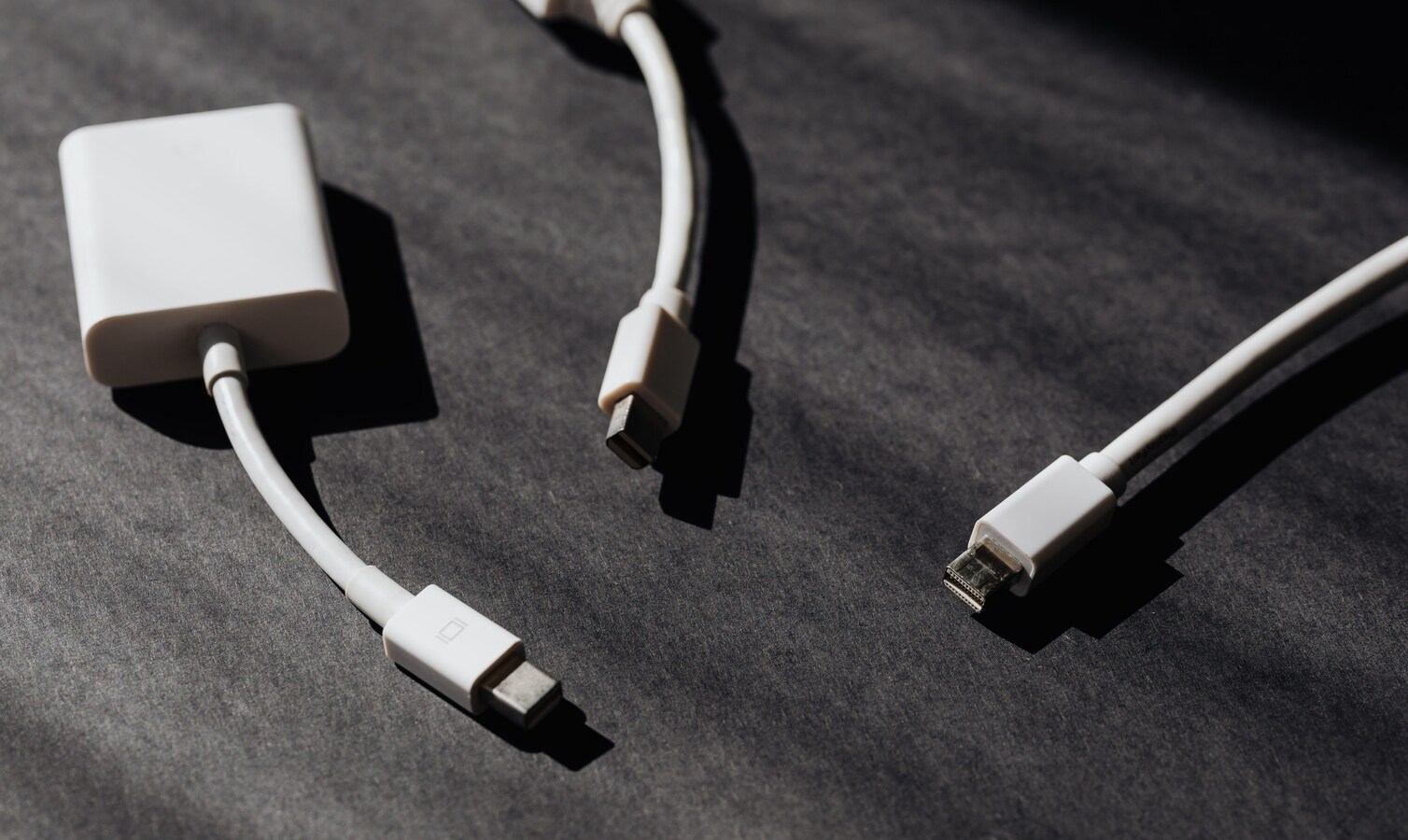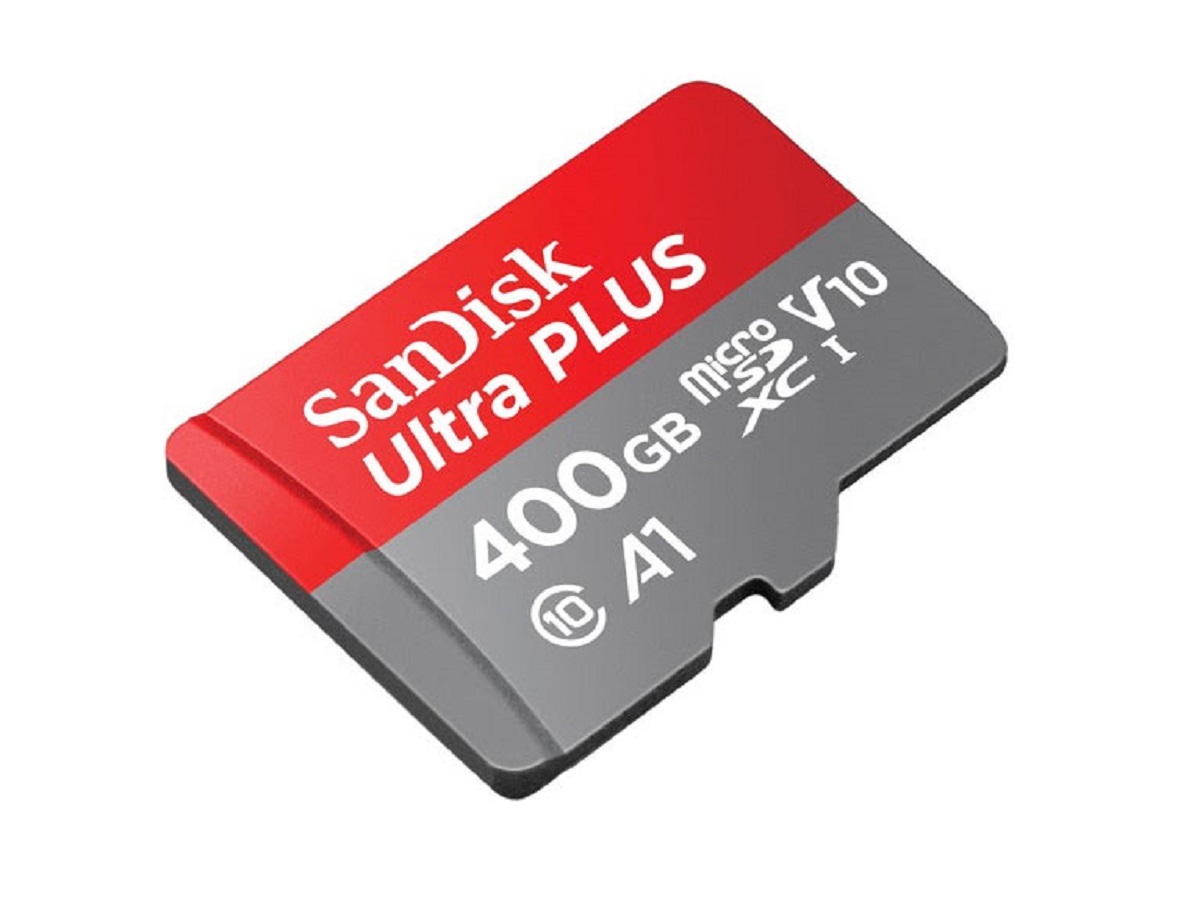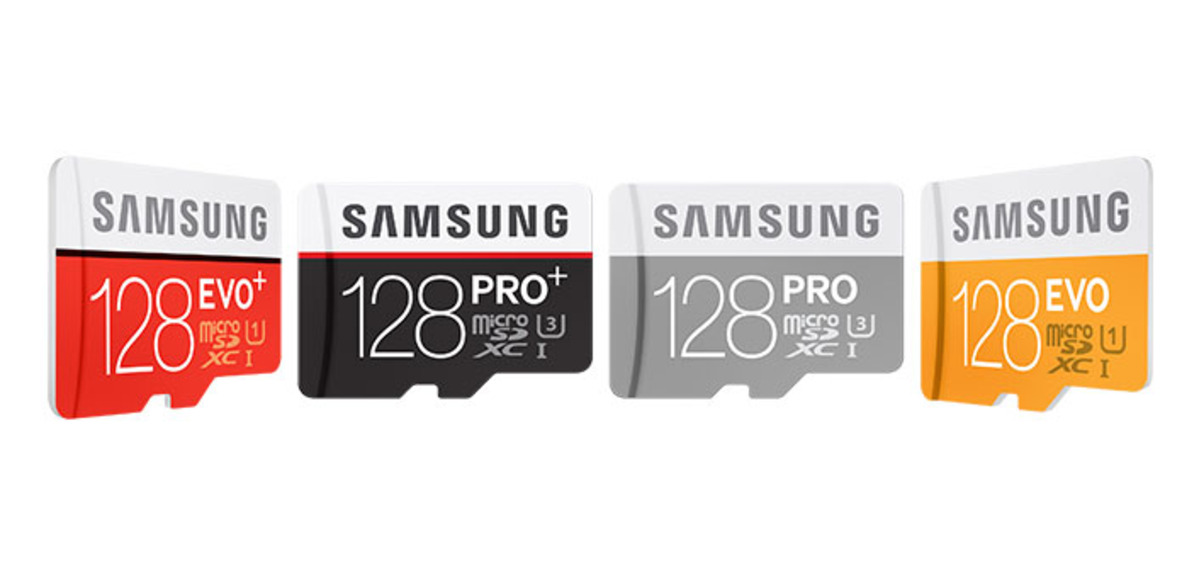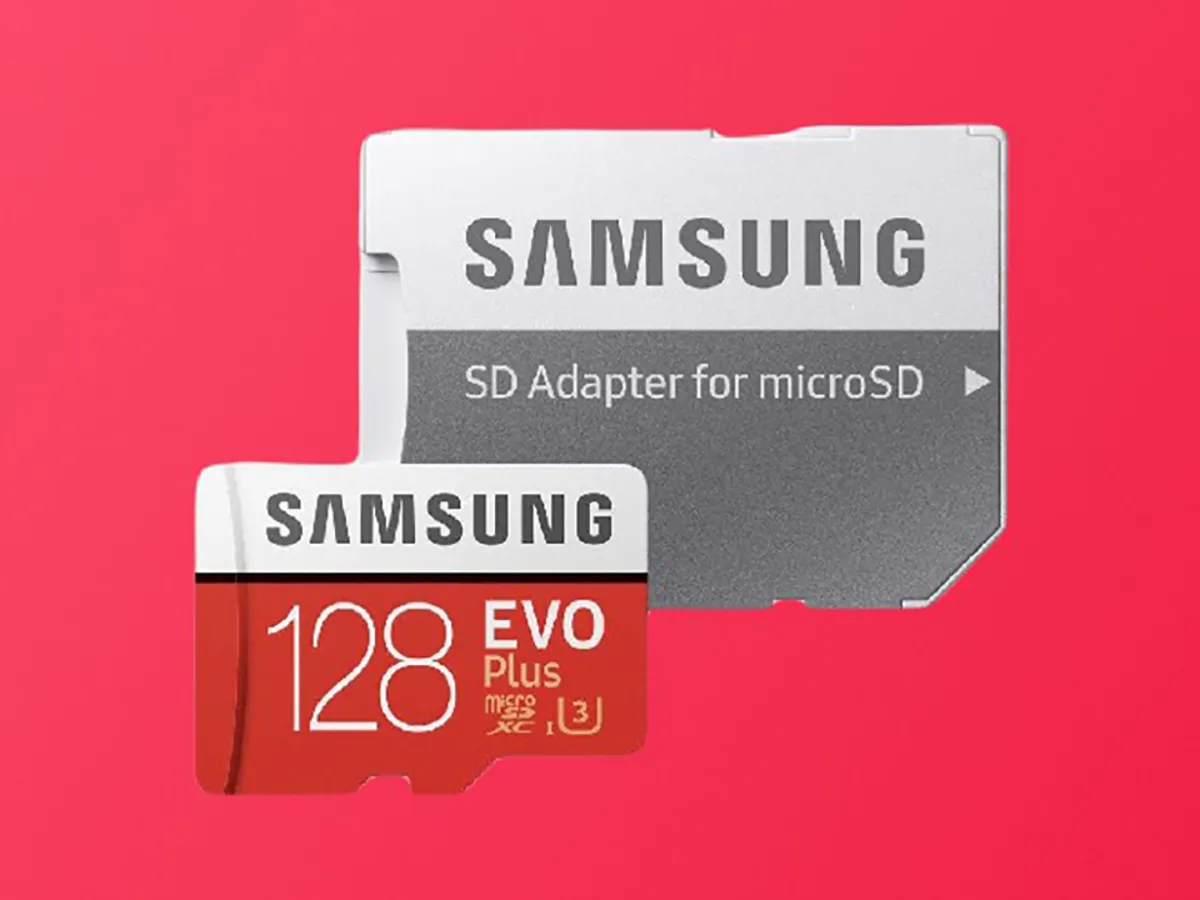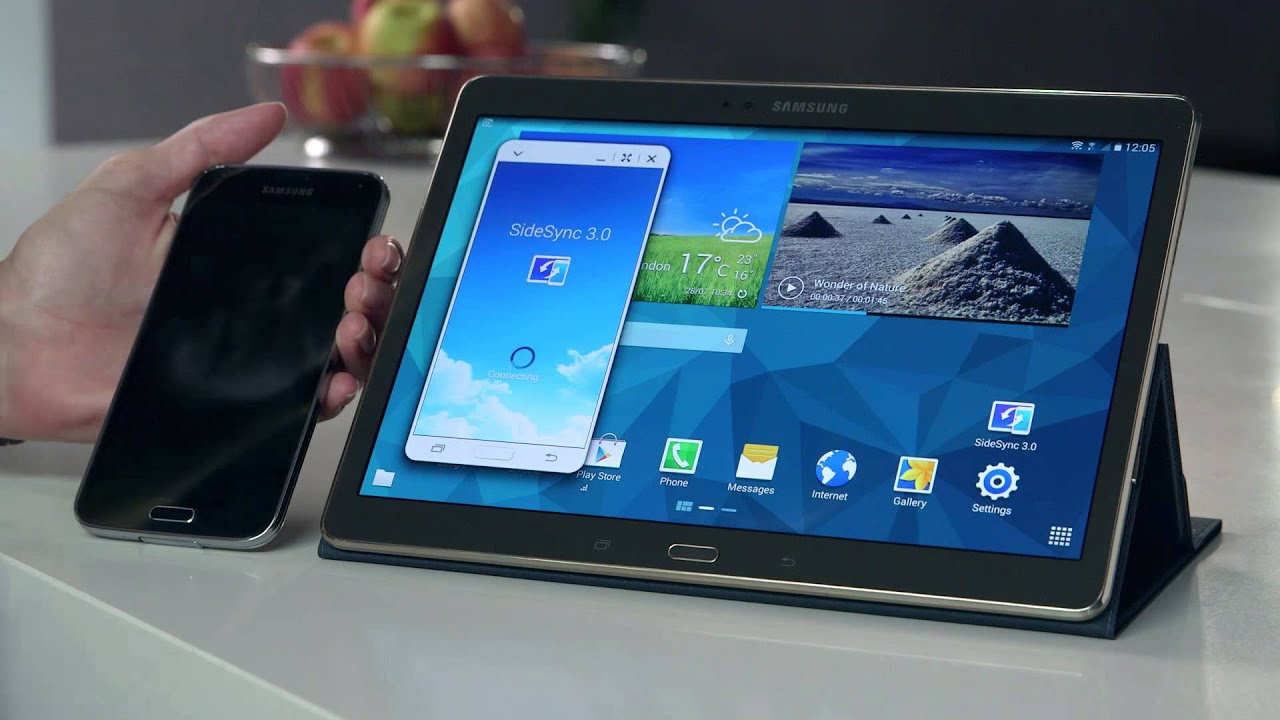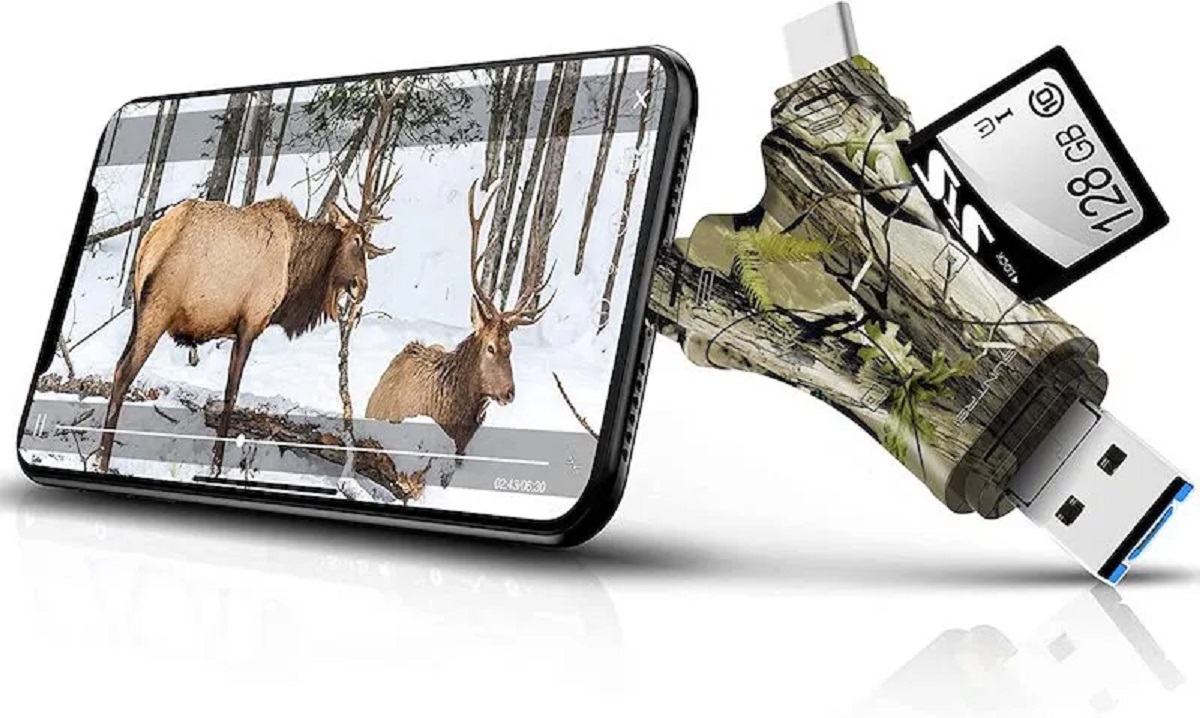Introduction
When it comes to transferring files from your Android phone to tablet, there are several methods you can choose from. Whether you want to transfer important documents, photos, videos, or music, having the ability to seamlessly transfer files between your devices is crucial for convenience and efficient workflow. In this article, we will explore various methods that will allow you to transfer files effortlessly.
Gone are the days when you had to rely solely on traditional methods such as USB cables or Bluetooth to transfer files. With advancements in technology, you now have multiple options at your disposal, including Wi-Fi Direct, cloud storage services, and specialized file transfer apps. Each method has its own advantages, so you can choose the one that best suits your needs and preferences.
Not only will learning how to transfer files from your Android phone to tablet save you time and effort, but it will also ensure that your important data is readily available on both devices. Whether you need to access work-related files or share photos and videos with friends and family, having a smooth file transfer process is essential for a seamless user experience.
In the following sections, we will explore each method in detail, providing step-by-step instructions to guide you through the process. From connecting your devices with a USB cable to harnessing the power of cloud storage services, you’ll discover the various options available to make your file transfers quick and hassle-free. So, let’s dive in and explore how to transfer files from your Android phone to tablet using different methods.
Methods to Transfer Files
When it comes to transferring files from your Android phone to tablet, there are several methods you can choose from. Each method offers its own benefits and limitations, so it’s important to understand the different options available and select the one that suits your needs best. Let’s explore five common methods for transferring files between Android devices:
- Using a USB Cable: This is the most straightforward method. Simply connect your phone to your tablet using a USB cable, and your devices will be recognized as external storage. You can then drag and drop files between the two devices, just like you would with a computer.
- Using Bluetooth: If your devices are equipped with Bluetooth capabilities, you can enable Bluetooth on both and pair them together. Once paired, you can easily transfer small files by selecting them and choosing the “Share” option, then selecting Bluetooth to send the file to your tablet.
- Using Wi-Fi Direct: Wi-Fi Direct allows you to transfer files between devices without the need for an internet connection. Both your phone and tablet need to support Wi-Fi Direct. Simply enable Wi-Fi Direct on both devices, establish a connection, and then proceed with transferring your desired files.
- Using Cloud Storage Services: Cloud storage services like Google Drive, Dropbox, and OneDrive provide a convenient way to store and access files across multiple devices. Simply upload the files from your phone to the cloud storage, and then access and download them on your tablet.
- Using a File Transfer App: There are various file transfer apps available in the Google Play Store that specialize in transferring files between Android devices. These apps typically utilize Wi-Fi to establish a connection and enable fast and efficient file transfers.
Now that we have explored the different methods available for transferring files from your Android phone to tablet, you can choose the one that best fits your requirements. Whether you prefer the simplicity of a USB cable, the convenience of Bluetooth, the direct connection of Wi-Fi Direct, the flexibility of cloud storage services, or the efficiency of a file transfer app, you have plenty of options at your disposal. Select the method that aligns with your preferences and enjoy seamless file transfers between your Android phone and tablet.
Method 1: Using a USB Cable
One of the simplest and most reliable methods to transfer files from an Android phone to a tablet is by using a USB cable. This method allows for quick and easy file transfers, without the need for an internet connection or any additional software. Follow these steps to transfer files using a USB cable:
- Connect your Android phone to your tablet using a compatible USB cable. Ensure that the connectors are securely plugged into both devices.
- On your Android phone, swipe down from the top of the screen to access the notification panel. Look for the USB connection notification and tap on it.
- Select the option that allows your phone to be used as a “File Transfer” or “Media Device”.
- Open the file manager on your tablet. It is usually located in the app drawer or home screen.
- Navigate to the location where you want to transfer the files. This could be the internal storage or an SD card in your tablet.
- On your file manager, you should see your Android phone listed as a connected device. Click on it to access the files on your phone.
- Select the files you want to transfer. You can do this by long-pressing on a file to select it, or by tapping on multiple files to select them together.
- Once your desired files are selected, tap on the “Copy” or “Move” option to begin the transfer.
- Navigate back to the destination folder on your tablet and tap on the “Paste” option to complete the transfer.
- Wait for the transfer process to finish. The time taken will depend on the number and size of the files being transferred.
Using a USB cable to transfer files from your Android phone to tablet is a convenient and reliable method. It allows for a direct connection between the two devices, facilitating fast and secure file transfers. Whether you’re transferring documents, photos, videos, or music, this method ensures that your files are easily accessible on your tablet without the need for an internet connection or additional software.
Method 2: Using Bluetooth
Using Bluetooth is another popular method to transfer files from an Android phone to a tablet, especially for smaller-sized files. This wireless technology allows for convenient and cable-free file transfers between compatible devices. Follow these steps to transfer files using Bluetooth:
- Ensure that both your Android phone and tablet have Bluetooth capabilities and that Bluetooth is enabled on both devices.
- On your Android phone, navigate to the file or files that you want to transfer.
- Select the file or files by long-pressing on them.
- Tap on the “Share” option, usually represented by a “share” icon or three dots.
- From the sharing options, choose “Bluetooth” as the method to share the files.
- Your phone will then scan for available Bluetooth devices. Select your tablet from the list.
- On your tablet, a prompt will appear to accept the incoming file transfer. Tap to accept.
- Wait for the file transfer to complete. The time taken will depend on the size of the file being transferred.
Transferring files using Bluetooth is a convenient method, especially for smaller-sized files. It eliminates the need for cables and allows for wireless file transfers between your Android phone and tablet. However, it is important to note that Bluetooth transfers may take longer to complete compared to other methods, particularly for larger files. Additionally, Bluetooth transfers are typically limited in terms of file size and may not be suitable for transferring large media files like videos.
Using Bluetooth to transfer files between your Android phone and tablet is an efficient and cable-free method. It provides a wireless solution for smaller-sized files, ensuring that you can easily share important documents, photos, or music between your devices. Just make sure to keep Bluetooth enabled on both devices and be patient while waiting for the transfer to complete.
Method 3: Using Wi-Fi Direct
Wi-Fi Direct is a convenient method to transfer files from an Android phone to a tablet without the need for an internet connection. It allows for a direct wireless connection between devices, enabling fast and secure file transfers. Follow these steps to transfer files using Wi-Fi Direct:
- Make sure that both your Android phone and tablet support Wi-Fi Direct. This technology is commonly available on most modern Android devices.
- On both devices, enable Wi-Fi and Wi-Fi Direct from the settings menu.
- On your tablet, go to the Wi-Fi settings and select the option to “Search” or “Scan” for Wi-Fi Direct devices.
- On your Android phone, go to the Wi-Fi settings and tap on the Wi-Fi Direct option.
- Both devices will scan for nearby Wi-Fi Direct devices. Once your Android phone and tablet are detected, tap on the name of the other device to establish a connection.
- On both devices, an authorization prompt will appear. Accept the connection on both the Android phone and tablet.
- Once the Wi-Fi Direct connection is established, you can start transferring files. On your Android phone, navigate to the files you want to transfer and select them.
- Tap on the “Share” or “Send” option and select Wi-Fi Direct as the method to share the files.
- Choose your tablet from the list of available devices.
- On your tablet, you will receive a prompt to accept the incoming file transfer. Tap to accept.
- Wait for the file transfer to complete. The time taken will depend on the size of the file being transferred.
Using Wi-Fi Direct to transfer files between your Android phone and tablet offers a direct and efficient wireless solution. It eliminates the need for cables and allows for fast file transfers, even without an internet connection. Whether you’re transferring documents, photos, or videos, Wi-Fi Direct ensures that your files are easily shared between devices.
Keep in mind that Wi-Fi Direct is a device-to-device connection, which means that file transfers may be limited to one file at a time. Additionally, the transfer speed may vary depending on the Wi-Fi Direct capabilities of your devices. Overall, Wi-Fi Direct provides a convenient method to transfer files seamlessly between your Android phone and tablet, without the need for internet or additional software.
Method 4: Using Cloud Storage Services
Using cloud storage services is a popular and convenient method to transfer files from an Android phone to a tablet. Cloud storage allows you to store your files online and access them from any device with an internet connection. Follow these steps to transfer files using cloud storage services:
- Sign up for a cloud storage service if you don’t already have an account. Popular options include Google Drive, Dropbox, and OneDrive.
- Install the cloud storage app on both your Android phone and tablet from their respective app stores.
- On your Android phone, open the file that you want to transfer to your tablet.
- Tap on the “Share” option and select the cloud storage app that you have installed.
- Choose the destination folder within your cloud storage account where you want to save the file.
- The file will be uploaded to your cloud storage account.
- On your tablet, open the cloud storage app and navigate to the folder where you saved the file.
- Select the file and choose the option to download or save it to your tablet’s internal storage.
Using cloud storage services to transfer files provides several advantages. It allows you to access your files from any device with an internet connection, ensuring that you can easily share and sync files between your Android phone and tablet. Additionally, cloud storage offers a secure and reliable method to store your files, providing peace of mind knowing that your data is backed up and accessible.
Keep in mind that cloud storage services often offer limited free storage, with options to upgrade to larger storage plans for a fee. It’s important to keep track of your available storage space and manage your files accordingly. Also, note that the upload and download speeds will depend on your internet connection, so larger files may take longer to transfer.
Using cloud storage services to transfer files between your Android phone and tablet is a convenient and flexible method. It allows for seamless file synchronization and easy access to your files, regardless of the device you are using. Whether you need to transfer important documents, share photos and videos, or access your music collection, cloud storage services provide a reliable and efficient solution for all your file transfer needs.
Method 5: Using a File Transfer App
Using a specialized file transfer app is a convenient and efficient method to transfer files from an Android phone to a tablet. These apps utilize Wi-Fi technology to establish a connection between your devices and provide a seamless file transfer experience. Follow these steps to transfer files using a file transfer app:
- Search for a file transfer app on the Google Play Store and install it on both your Android phone and tablet.
- Launch the file transfer app on both devices.
- On your Android phone, select the files that you want to transfer.
- Tap on the “Share” or “Send” option and choose the file transfer app as the method to share the files.
- On the file transfer app, tap on the name of your tablet to establish a connection between the devices.
- Accept the connection request on your tablet.
- Once the connection is established, you can start transferring files between your Android phone and tablet using the file transfer app interface.
- Select the files you want to transfer and initiate the transfer process.
- Wait for the file transfer to complete. The time taken will depend on the size of the files being transferred.
Using a file transfer app simplifies the process of transferring files between your Android phone and tablet. These apps are designed to offer a user-friendly interface and provide fast and efficient file transfers. They often offer additional features such as the ability to transfer multiple files simultaneously, resume interrupted transfers, and even transfer files between Android and iOS devices.
It’s worth noting that file transfer apps generally require both your Android phone and tablet to be connected to the same Wi-Fi network. Additionally, the transfer speed may vary depending on your Wi-Fi connection and the size of the files being transferred. However, overall, using a file transfer app provides a convenient and reliable method to transfer files between your Android devices without the need for cables or internet access.
Remember to choose a reputable file transfer app from the Google Play Store and ensure that it has good reviews and ratings. This will help ensure that you have a smooth and secure file transfer experience. Whether you need to transfer photos, videos, documents, or other types of files, using a file transfer app can make the process fast, easy, and hassle-free.
Conclusion
Transferring files from your Android phone to tablet is essential for seamless workflow and easy access to your important data. In this article, we have explored five different methods to accomplish this task: using a USB cable, using Bluetooth, using Wi-Fi Direct, using cloud storage services, and using a file transfer app. Each method has its own advantages and limitations, allowing you to choose the one that best suits your needs and preferences.
Using a USB cable provides a direct and reliable connection between your devices, making it ideal for transferring larger files. Bluetooth offers a wireless and convenient solution for smaller-sized files, eliminating the need for cables. Wi-Fi Direct allows for direct device-to-device transfers without an internet connection, ensuring fast and efficient file transfers. Cloud storage services provide the flexibility of accessing files from any device with an internet connection, while file transfer apps offer a specialized and feature-rich solution for seamless file transfers.
When choosing the method to transfer files, consider factors such as file size, transfer speed, convenience, and available resources. It’s important to understand that some methods may be more suitable for specific file types or situations. For instance, using cloud storage services is perfect for accessing files from anywhere, while Wi-Fi Direct may be more ideal for quick transfers in a local environment.
Whichever method you choose, always ensure that your devices are secure and up to date. Additionally, it is advisable to back up your important files before initiating any transfers to avoid any potential data loss.
Now that you have a good understanding of the various methods available, you can confidently transfer files from your Android phone to tablet with ease. Whether you’re a student transferring notes, a professional moving documents, or someone sharing photos and videos with friends and family, these methods will help you accomplish your file transfer needs efficiently.







